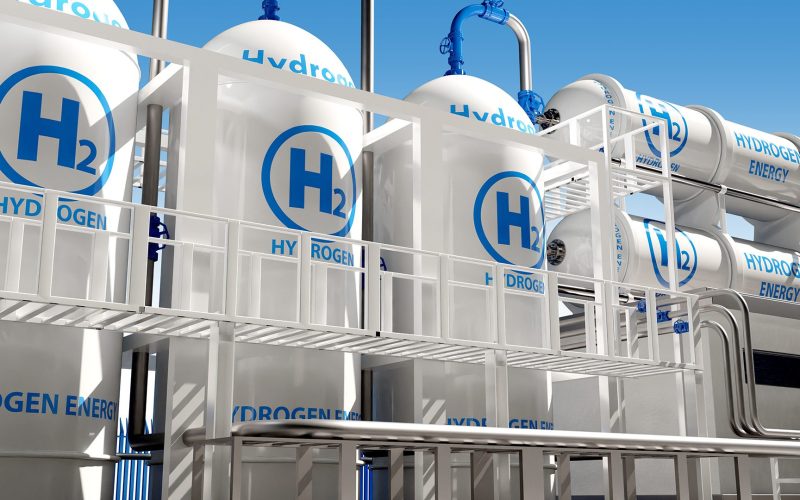THE VOICE FOR THE ENERGY CONSUMER

With families paying ever increasing amounts of money on their energy bills, CEA Florida’s Kevin Doyle examines solutions state and federal leaders can begin to implement to help decrease the.

This week, the Biden Administration announced plans to pump $20 billion into expanding the nation’s transmission network – targeting “shovel ready” projects. To implement this plan, the Department of Energy.

Most of us are creatures of habit, tried and to followers of our favorite brands. When you want to feel beautiful, have healthy skin and show off your best self,.

Blue. Green. Grey. Brown. Black. Turquoise. Purple. Pink. Red. Yellow. White. No, this isn’t a cheat sheet for a color wheel in art class; these colors are designated for different.

TALLAHASSEE – Consumer Energy Alliance (CEA), the leading North American energy and environmental advocate for families and businesses, today testified during a legislative hearing of the Florida Senate Committee on.

Caring about the planet and climate change means doing all that you can to mitigate your climate footprint. After the holidays, there are huge amounts of waste from wrapping paper.

In case you missed it over the holidays, gas prices are predicted to rise in 2022 and the national average could reach $4.00 a gallon amid soaring demand. On Tuesday,.

You’ve likely heard buzz about critical minerals, but have you heard the term critical element? They’re essential for things we use every day like hard drives, treatments for respiratory illnesses,.

As a society we are all about speed – especially when it comes to what we wear. Fast fashion is a term that denotes clothing trends that copy runway fashion.

Michael Zehr, CEA’s federal policy advisor recently sat down with Cheddar News to talk about soaring gas prices and the pain consumers will be feeling when paying their energy bills.